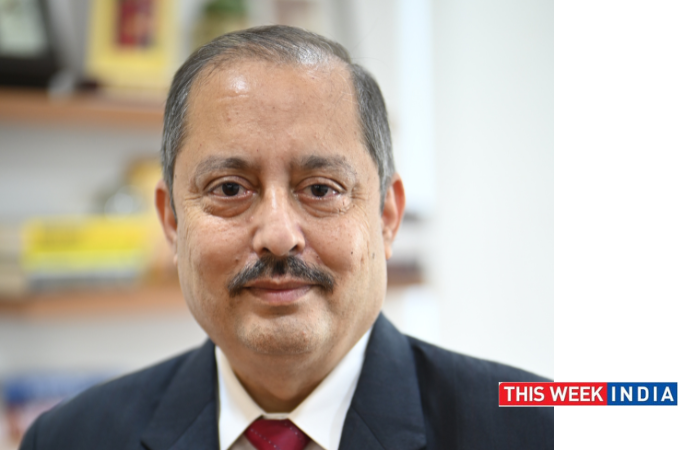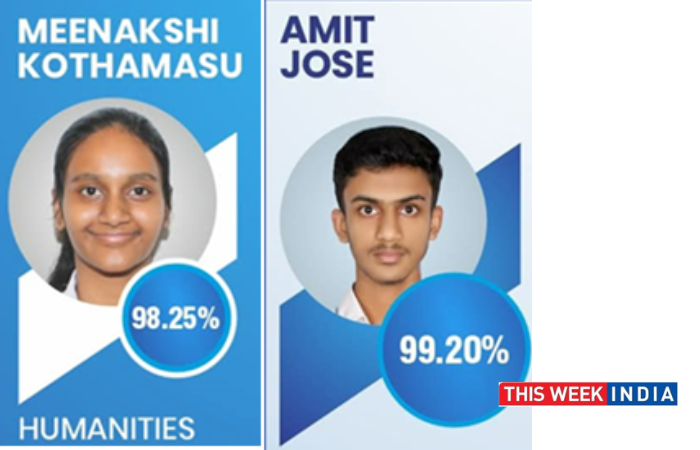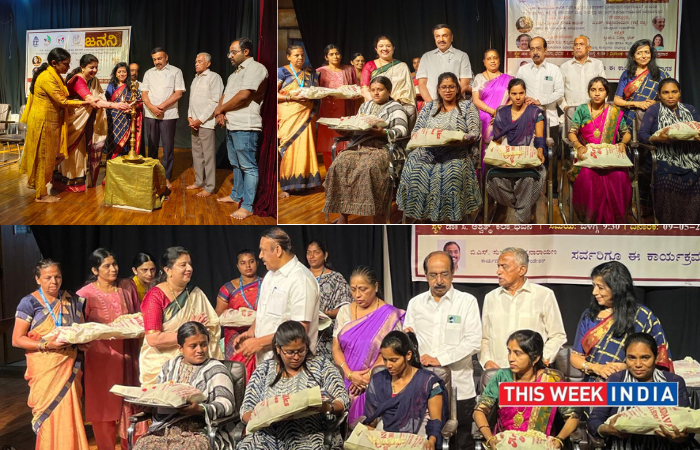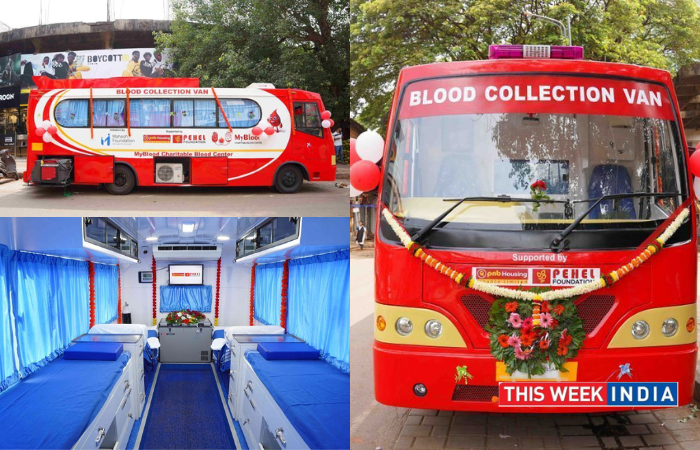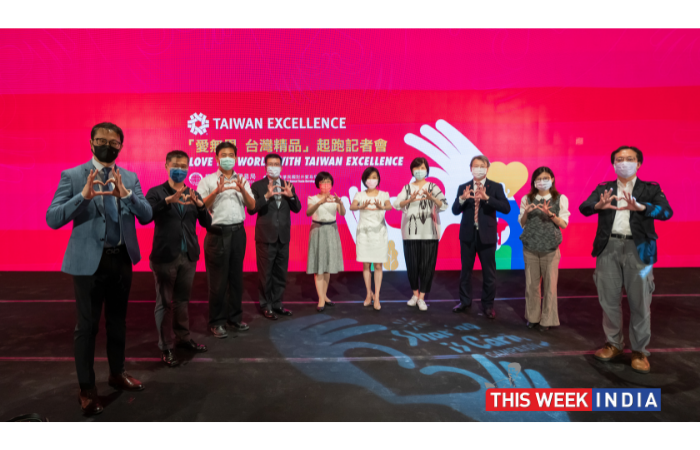India, 10th March 2023: The future of humanity rests on the successful implementation of the 17 Sustainable Development Goals (SDGs) adopted by the United Nations in 2015. It is a universal call to action to end poverty, protect the planet, and ensure that by 2030 everyone enjoys peace and prosperity. However, such diverse goals are unlikely to be realised unless the world can achieve higher gender parity through greater financial empowerment of women.
Even the SDG (Goal 5) speaks about achieving gender equality and economic empowerment of women to create a more equitable and sustainable society. Empowerment of women is possible through financial inclusion, which has long been denied to them for various reasons.
Studies have shown that access to savings and credit facilities increases women participation in decision making. It also enables women to increase expenditure on their own well-being as well as that of their children. It prevents the leakage of household income into unproductive and harmful activities. Other welfare interventions are better nutrition, health and literacy campaigns and enhancement of skills.
Additionally, the status of women within the community is also enhanced. Group formation among women further reinforces these changes, leading to more significant socio-political transformation. Financial inclusion also helps improve the creditworthiness of women by providing them access to bank accounts and access to formal financial services such as credit and insurance.
Microfinance institutions, the Government, other institutions such as NABARD (National Bank for Agriculture and Rural Development), and self-help groups (SHGs) have played a critical role in helping marginalized women achieve financial empowerment. They have addressed and continue to meet the unique challenges and barriers women face in accessing financial services and products, such as lower levels of financial literacy and limited access to collateral.
Researchers argue in their paper that microfinance has given rural women an excellent opportunity to attain reasonable economic, social, and cultural empowerment, leading to better living standards and quality of life for participating households. Other experts have highlighted the various benefits of microfinance by arguing how microcredit has played valuable roles in reducing the vulnerability of the poor through asset creation, income and consumption smoothing, provision of emergency assistance, and empowering and emboldening women by giving them control over assets and increased self-esteem and knowledge.
Moreover, microfinance entities focus more on women borrowers as they have a better track record of making timely repayments, thereby reducing the credit risk of these companies. They also contribute a significant portion of their income to household consumption, thus creating a solid business and public policy case for targeting female borrowers.
Sharing his thoughts, Dr. Alok Misra, CEO & Director, MFIN, said, Microfinance services are primarily extended to women through JLG (joint liability group) lending, where women are at the core of its delivery model. And in doing so, not only does the industry position her centre stage in her household but empowers her to run it. The industry enables poor women to engage in income-generating activities that help them become financially independent, strengthen their decision-making power within the household and society. Besides equal rights to economic resources, and financial services, the industry also promotes empowerment of women through technology. Credit and digital literacy go hand in glove in today’s technology-driven world.
The phenomenal growth in its business and impact on the country is best exemplified through numbers. As of September 30, 2022, the Microfinance loan portfolio stood at INR 3,00,974 crores serving 6.2 crore unique borrowers, according to a report by MFIN – MFIN Micrometer Q2 FY 22-23.
Today, the microfinance industry has been accepted as a critical part of the national financial architecture, playing a pivotal player in meeting the needs of low-income aspirational below-the-pyramid households by providing doorstep financial services like credit, insurance, and other non-financial services as well.

